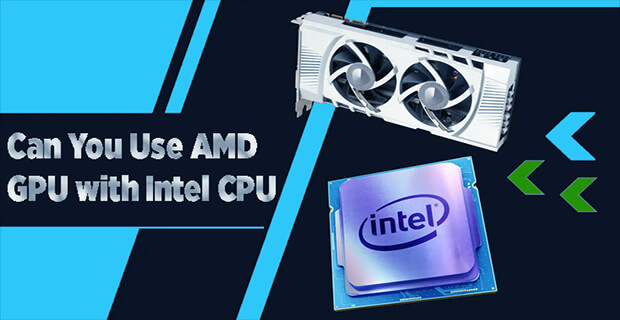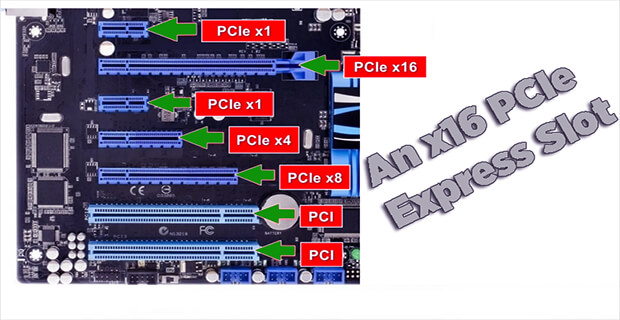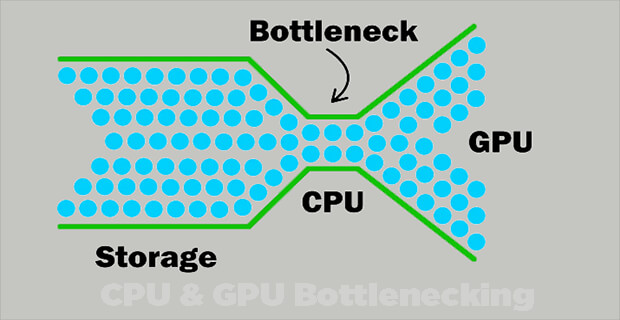In the realm of PC hardware, few debates have captured as much attention as the compatibility between AMD GPUs and Intel CPUs. Amidst brand loyalties and misconceptions, one question persists: Can you use an AMD GPU with an Intel CPU? This guide aims to shed light on this topic, offering a clear understanding of their compatibility.

Can I Use an AMD Graphics Card with an Intel Processor?
The primary concern for compatibility revolves around motherboard and CPU models rather than CPU and GPU brands. The myth that AMD GPUs work exclusively with AMD CPUs is unfounded. The only essential compatibility factor is that the motherboard’s chipset should match the processor’s brand, meaning you cannot pair an AMD CPU with an Intel motherboard and vice versa.
Essentials for Installing a GPU –
Compatibility hinges on the availability of the correct PCI slot and adequate power connections rather than CPU-GPU brand matching. Two key essentials for GPU installation are:
a) An x16 PCI Express Slot:

Graphics cards require an x16 PCIe slot, typically marked as PCIe X16_1 on modern motherboards. While some GPUs can run on x8 or x4 slots, it’s not advisable as it leads to significant performance drops.
b) Enough PCIe Power Cables:

The number and type of power cables required vary among GPUs. Ensure your power supply unit (PSU) can provide the necessary power connectors. Some GPUs draw power solely from the motherboard’s PCIe slot, while high-end models may need multiple 8-pin PCIe cables.
Main Compatibility Issues Between a GPU and a CPU –
While cross-brand compatibility is possible, there are critical factors to consider:
a) Motherboard and CPU:
Match the motherboard’s chipset to the CPU’s brand. Intel CPUs require Intel-compatible motherboards, and the same applies to AMD.
b) CPU and GPU Bottlenecking:

Bottlenecking can occur if your CPU is significantly slower than your GPU, limiting performance. Consider upgrading your CPU if needed for optimal performance.
c) PCIe Versions:
Ensure your GPU’s PCIe version matches the motherboard’s slot. While they may technically fit, severe performance issues can arise when using older PCIe slots with modern GPUs.
d) Physical Space:
Graphics card size and available space within your PC case must align. Check your motherboard dimensions and layout to accommodate the GPU comfortably.
e) Power Supply Problems:
The PSU’s connectors and total power capacity are critical. Some older PSUs may not support newer GPUs, and insufficient power can lead to stability issues.
Why Should I Use AMD CPU with AMD GPU?
While any CPU-GPU combination can function well, using an AMD CPU with an AMD Radeon GPU offers specific advantages, primarily AMD Smart Access Memory. This technology enhances gaming performance by theoretically up to 15%, but real-world gains may be less.
Does Intel CPU Work Better With Nvidia GPUs?
For gaming, there are no significant advantages to pairing Intel CPUs with Nvidia GPUs. However, in AI and machine learning applications, the Intel-Nvidia combination may offer benefits. Nvidia cards excel in deep learning applications, but the choice may depend on specific software dependencies.
Conclusion:
In conclusion, the compatibility of an AMD GPU with an Intel CPU is entirely feasible. In today’s PC landscape, CPU-GPU brand matching is less important than other factors like motherboard chipset, bottlenecking, PCIe compatibility, physical space, and PSU capacity.
Modern CPU-GPU combinations work harmoniously, and while Nvidia may have an edge in certain areas, AMD offers competitive performance and cost-efficiency for gaming. Compatibility concerns should not deter you from building a high-performance PC tailored to your needs. Hopefully, now you are clear the question about “Can You Use AMD GPU with Intel CPU?”.
